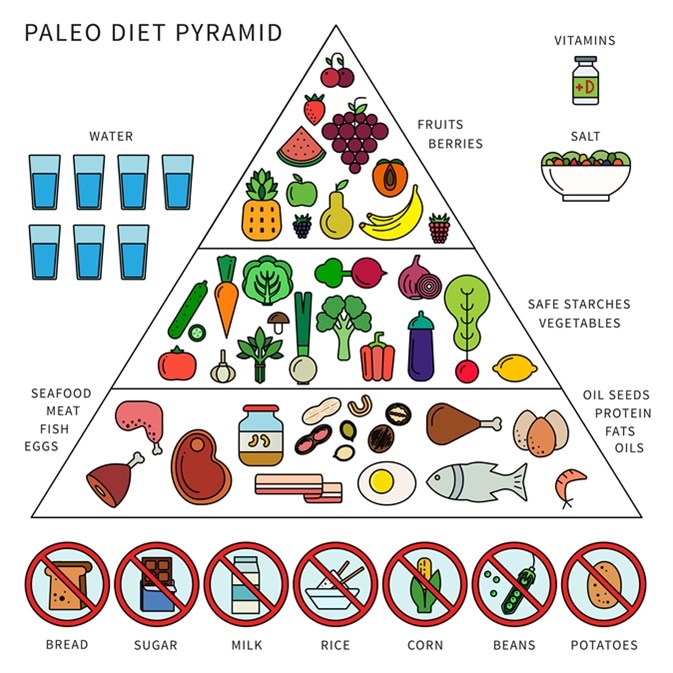For The Latest Medical News, Health News, Research News, COVID-19 News, Pharma News, Glaucoma News, Diabetes News, Herb News, Phytochemical News, Thailand Cannabis News, Cancer News, Doctor News, Thailand Hospital News, Oral Cancer News, Thailand Doctors
Also called the caveman diet, the paleo diet is based on what our hunter-gatherer ancestors would have eaten during the Paleolithic period, which was 10,000 to 2.5 million years ago.
.jpg)
The diet encourages the consumption of whole foods such as seeds, nuts, fruits, vegetables, wild game and eggs, while excluding foods introduced through farming and industry such as dairy products, beans, grains, cereals, salt, alcohol, coffee and processed foods. Any foods that were not available during the Paleolithic period are thought to be deleterious to health and are forbidden. Paleo dieters hold that the body is not “built” for handling food that has been produced through agricultural or industrial processes and that food derived fro m these sources is the cause of illnesses such as diabetes, cancer and obesity.
Advocates of the paleo diet believe that by eating only the basic foods that our ancestors consumed, we would eradicate many of the problems that have arisen since new foods were introduced after the Neolithic Revolution, when the hunter-gatherer lifestyle was replaced by agriculture.
The paleo diet is a very popular and also highly controversial diet. Some of the advantages and disadvantages of following this eating plan are described below.
